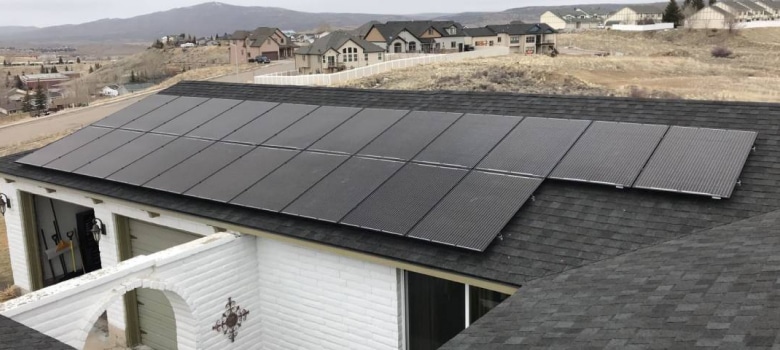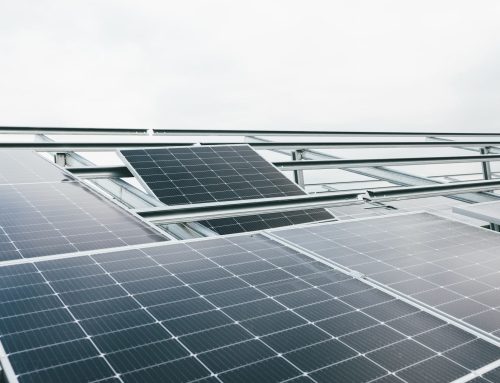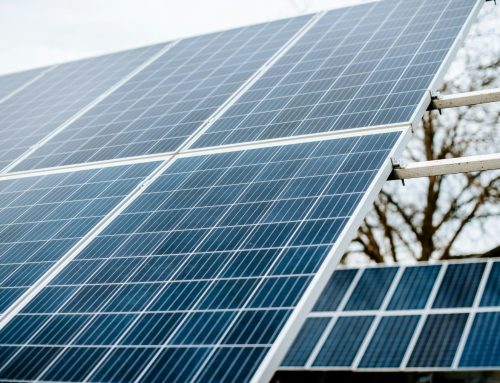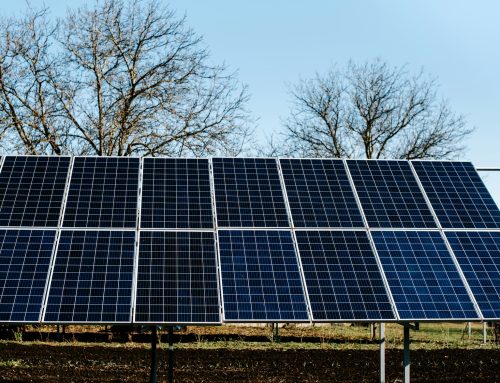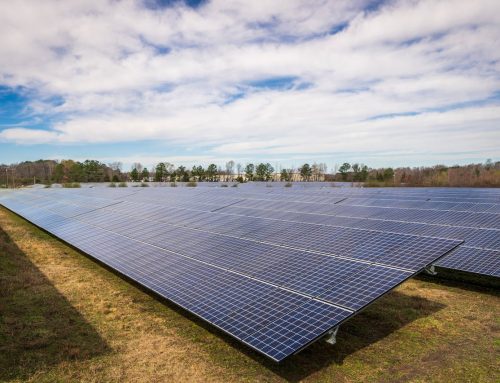Solar energy has become a driving force in the transition towards sustainable and renewable energy sources.
As the demand for clean energy alternatives grows, so does the innovation in solar technology. One significant advancement in this field is the development of monocrystalline solar panels, known for their impressive efficiency and energy generation capabilities.
If you’re looking to embrace monocrystalline panels, it’s critical you know what level of efficiency to expect. In this guide, we’ll break down typical monocrystalline solar panel efficiency and explore how you can leverage innovative solutions to power your Adelaide home or business.
Looking to learn more about solar power? Explore our most popular resources:
Monocrystalline Panels: The Basics
Monocrystalline panels are crafted from a single crystal structure, usually made of high-purity silicon.
This composition ensures a uniform and organised arrangement of atoms, resulting in higher efficiency compared to other types, such as polycrystalline or thin-film panels. The distinguishing feature of monocrystalline panels is their black hue and rounded edges, making them easily recognisable.
Efficiency: A Key Player
Efficiency in solar panels refers to the amount of sunlight they can convert into usable electricity.
Monocrystalline panels are renowned for their exceptional efficiency rates, often ranging from 15% to 20%, with some high-end models even surpassing 22%. This means that these panels can convert a significant portion of the sunlight they receive into electricity, making them ideal for maximising energy production.
Factors Influencing Solar Panel Efficiency
Several factors come into play when considering monocrystalline solar panel efficiency.
Sunlight Intensity
Adelaide enjoys a sun-drenched climate, with a high average daily solar irradiance. Monocrystalline panels thrive in such conditions due to their ability to efficiently convert intense sunlight into electricity.
Temperature Resistance
High temperatures can negatively impact solar panel efficiency. Monocrystalline panels tend to handle temperature variations better than other types, maintaining their efficiency even on scorching days.
Panel Placement and Angle
Proper installation is crucial. Mounting monocrystalline panels at an optimal angle and direction can maximise their exposure to sunlight, thus increasing their efficiency.
Maintenance
Regular cleaning and maintenance of the panels are essential. Dust, dirt, or shading can reduce efficiency, so keeping the panels clean and ensuring they are not obstructed by debris is vital.
Benefits Beyond Efficiency
Space Efficiency
Monocrystalline panels are also known for their space efficiency. They can produce more electricity per square meter compared to other panel types, making them suitable for homes or businesses with limited roof space.
Longevity
These panels are durable and long-lasting. Their robust construction and resistance to environmental factors contribute to their extended lifespan, ensuring a reliable energy source for years.
Aesthetics
Monocrystalline panels’ sleek black appearance appeals to many homeowners, seamlessly integrating into the roof’s design.
Making the Choice
When deciding on the panels for your Adelaide-based property, monocrystalline panels present a compelling case due to their high efficiency and compatibility with the city’s sunny climate. However, it’s essential to consider your specific energy needs, budget, and available space before making a decision.
The Future of Monocrystalline Panels
As technology continues to advance, the future of monocrystalline panels in Adelaide looks promising.
Researchers and engineers are constantly working to improve solar panel efficiency, durability, and affordability. This means that the efficiency rates we see today are likely to become even more impressive in the coming years, further solidifying monocrystalline panels as a top choice for renewable energy generation.
Integration with smart home systems and energy storage solutions is another avenue that holds potential. This could enable homeowners to manage their energy consumption more effectively, utilising the electricity generated by their monocrystalline panels in the most efficient manner.
What is the Environmental Impact?
Efficiency isn’t the only consideration when evaluating the benefits of monocrystalline panels. The environmental impact is also significant. By harnessing renewable energy instead of relying on fossil fuels, we reduce greenhouse gas emissions and decrease our overall carbon footprint. This transition to clean energy sources aligns with global efforts to combat climate change and move towards a more sustainable future.
Furthermore, the manufacturing process of monocrystalline panels has become increasingly eco-friendly over the years. The industry is making strides in reducing the energy and resource consumption during production, making these panels even more environmentally responsible.
Are there Challenges to Overcome?
While monocrystalline panels offer a multitude of advantages, there are challenges to consider. The initial upfront cost of purchasing and installing the panels can be a deterrent for some individuals, even with government incentives. However, it’s crucial to view this as a long-term investment. The savings on electricity bills and the potential to sell excess energy back to the grid can make the initial expense worthwhile over time.
Enjoy the Full Advantages of Your Monocrystalline Panels
Harnessing the power of the sun through monocrystalline panels is a smart choice.
Their impressive efficiency, coupled with the region’s abundant sunlight, creates a perfect synergy for generating clean and sustainable energy. The ongoing support from government initiatives further sweetens the deal, making the transition to renewable energy an attractive option for residents and businesses alike.
As technology progresses and environmental concerns continue to drive the shift towards renewable energy, monocrystalline panels are poised to play a pivotal role in shaping the energy landscape of Adelaide. The combination of efficiency, longevity, and environmental benefits positions these panels as more than just a trend; they are a substantial step towards a greener future.
So, whether you’re a homeowner looking to reduce your carbon footprint and energy bills or a business owner aiming to adopt more sustainable practices, monocrystalline panels offer a viable solution.
Looking for more information or support? Reach out on (08) 7120 6377 to speak to a member of the Energy Buster team or request your obligation-free quote online.

